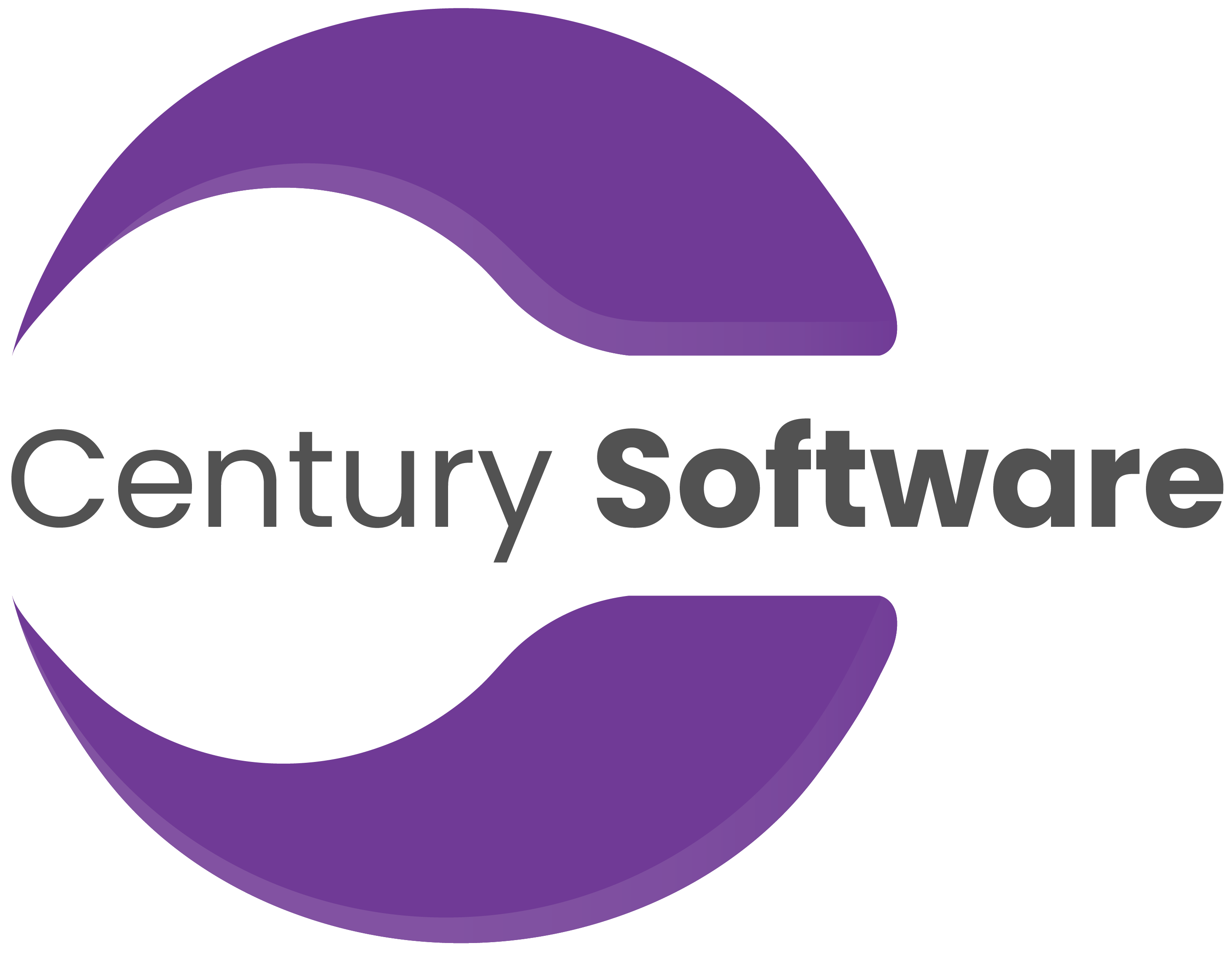How Does Budget Planning Software Compare to Traditional Spreadsheets?
In the realm of financial management, the methodology used for budget planning significantly impacts a business’s efficiency and accuracy in financial forecasting. Traditional spreadsheets have long been the go-to for budget planning, but the advent of specialized budget planning software presents a compelling alternative. Let’s delve into the nuanced distinctions between these two approaches, exploring their strengths, weaknesses, and impact on financial planning.
Traditional Spreadsheets: The Time-Tested Classic
Familiarity and Accessibility
Spreadsheets, like Excel, have been the stalwart choice for budget planning due to their familiarity and widespread accessibility. Most individuals possess basic skills in using these tools, allowing for quick adoption and implementation.
Customization and Control
With spreadsheets, users have the flexibility to customize templates and formulas, tailoring them to their specific needs. This level of control allows for fine-tuning and personalized budget planning structures.
Cost Efficiency
Traditional spreadsheet software typically comes at a relatively low cost or is often part of standard office suites. This accessibility makes it an appealing option for businesses with limited budgets.
Limitations of Traditional Spreadsheets
Manual Data Entry and Errors
Spreadsheets often necessitate manual data entry, leading to potential human errors. The manual nature of these processes increases the likelihood of miscalculations, making it challenging to maintain accuracy, especially with complex data sets.
Version Control and Collaboration Challenges
Collaboration and version control can become cumbersome. As multiple users contribute to a spreadsheet, maintaining a single source of truth becomes challenging, leading to versioning issues and potential discrepancies.
Limited Analytics and Reporting
Traditional spreadsheets might lack advanced analytics capabilities, making it challenging to generate in-depth reports or perform complex data analysis, limiting the depth of insights they can provide.
Budget Planning Software: The Modern Solution
Automation and Integration
Budget planning software offers automation and integration features. It connects various data sources, automates data entry, and streamlines processes, reducing the likelihood of manual errors and enhancing accuracy.
Advanced Analytics and Insights
These specialized software tools often include advanced analytics, providing in-depth insights into financial data. They offer more sophisticated reporting capabilities, enabling deeper analysis and forecasting.
Collaboration and Accessibility
Budget planning software typically provides better collaboration features. It allows multiple users to work simultaneously, ensuring version control and fostering real-time collaboration, even across remote teams.
Drawbacks of Budget Planning Software
Learning Curve and Implementation
Adapting to new software may pose a learning curve, requiring time and resources for training and implementation, especially for users less familiar with these specialized tools.
Cost Considerations
Compared to traditional spreadsheets, some budget planning software solutions might come with a higher initial cost, impacting businesses with tighter budget constraints.
Choosing the Right Solution for Your Business
Consideration of Needs and Scalability
Choosing between traditional spreadsheets and budget planning software depends on the specific needs and scalability of a business. Smaller businesses with straightforward budget planning needs might find spreadsheets sufficient, while larger enterprises benefit from the comprehensive features of specialized software.
Evaluation of Complexity and Data Volume
The complexity of the budget planning process and the volume of data to be handled are significant factors. If dealing with intricate financial structures and extensive datasets, budget planning software might provide a more efficient and accurate solution.
Data Security and Integrity
Traditional Spreadsheets
Spreadsheets might lack robust security features, potentially leaving data vulnerable to accidental or intentional alterations. Maintaining data integrity becomes challenging when multiple users have access to the same document.
Budget Planning Software
Specialized software often offers enhanced data security measures. It can provide role-based access control, ensuring that sensitive financial data remains secure and can be accessed only by authorized personnel.
Scalability and Performance
Traditional Spreadsheets
As data volume and complexity increase, traditional spreadsheets might struggle to handle the load, leading to performance issues. Large datasets can cause slow processing and may lead to system crashes.
Budget Planning Software
Specialized software is designed to handle larger volumes of data and is often built to scale with the growing needs of a business. This ensures smoother performance and efficient handling of complex financial structures.
Integration and Compatibility
Traditional Spreadsheets
Spreadsheets might face challenges when it comes to integration with other business systems. Exporting and importing data between various platforms can lead to compatibility issues and data discrepancies.
Budget Planning Software
Specialized software often offers seamless integration with other business systems and tools, allowing for a more cohesive and holistic view of financial data. This integration fosters a more efficient and accurate financial analysis.
Maintenance and Support
Traditional Spreadsheets
Maintenance and support for spreadsheets typically rely on internal resources or generic software support. Troubleshooting issues or optimizing spreadsheets might depend on the expertise within the organization.
Budget Planning Software
Specialized software often comes with dedicated customer support and regular updates. These solutions offer assistance in case of issues and ensure continuous improvement and optimization of the software.
User Experience and Efficiency
Traditional Spreadsheets
While familiar to many users, spreadsheets might require manual data entry, leading to potential errors. The user experience may be less streamlined, especially in scenarios involving complex calculations and multiple contributors.
Budget Planning Software
Designed for financial planning and analysis, specialized software often provides a more user-friendly and intuitive interface. Automated processes reduce errors, streamline workflows, and enhance overall efficiency.
Conclusion
Both traditional spreadsheets and budget planning software have their merits and limitations. While spreadsheets offer familiarity, customization, and cost efficiency, specialized budget planning software provides automation, advanced analytics, and better collaboration features. Businesses must weigh their specific needs, the complexity of their financial structures, and their scalability to determine the most suitable solution for accurate, efficient, and streamlined budget planning. Ultimately, the choice between these two approaches lies in striking a balance between familiarity, functionality, and the specific requirements of the business in managing its financial health.

